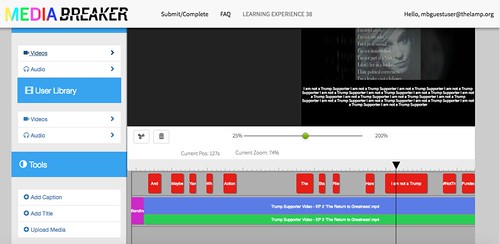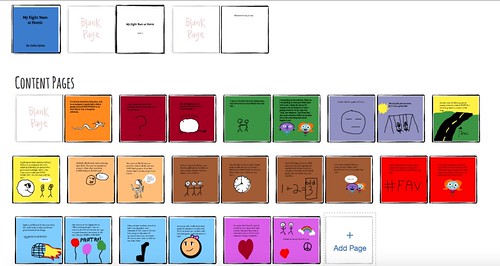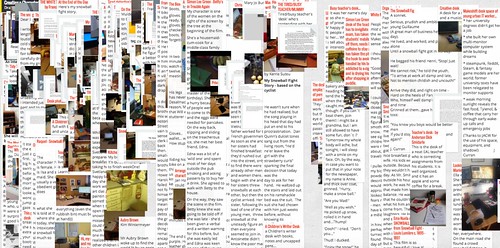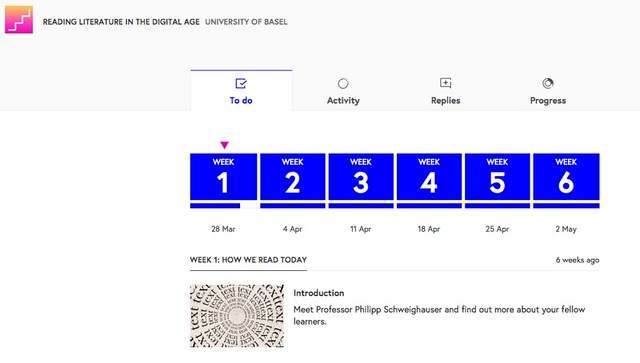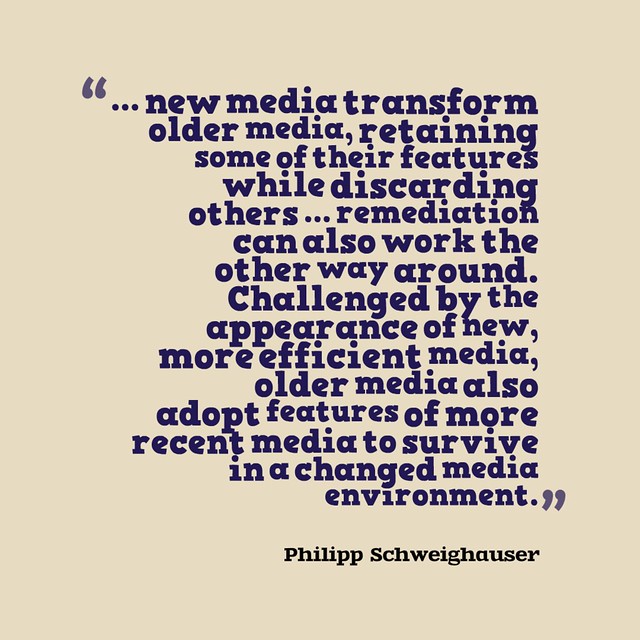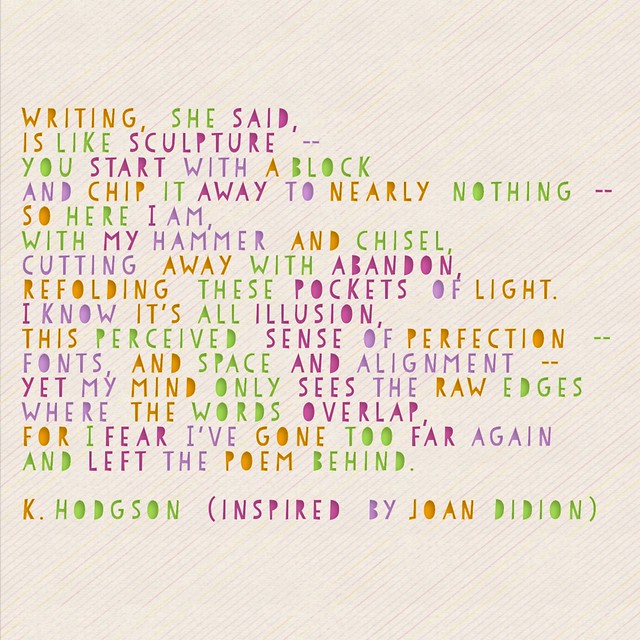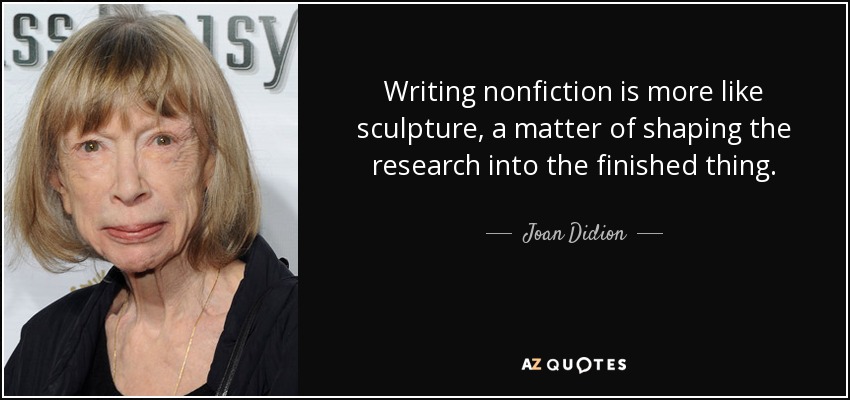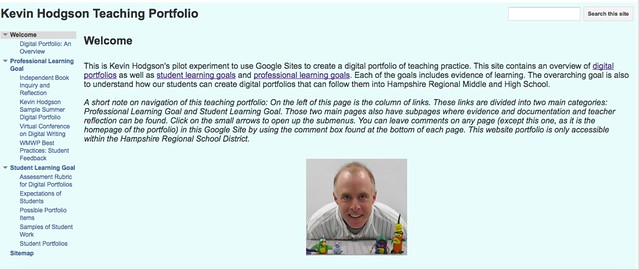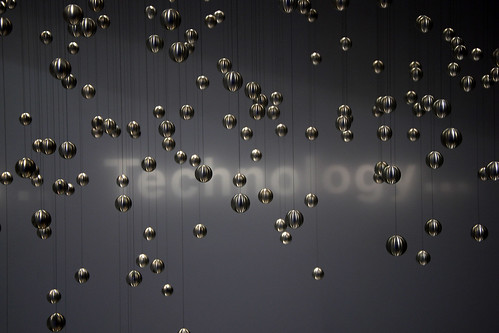
flickr photo shared by octaviosn under a Creative Commons ( BY-NC-SA ) license
I like to think I am always open to new technology for my young writers, and I am not afraid to beta test or try out new platforms that show possibilities for my students. I do make sure I try things out first on my own. As a sort of mental checklist, I consider a few things before bringing a new tech idea into the classroom:
- Does the technology compliment or enhance the writing of my students?
- Does the technology provide for collaborative elements, or at least, allow for the possibilities of connected writing?
- Is there a low frustration threshold for learning the new technology so that learners across the spectrum can feel successful?
- Is it free? And if it is free, does it have advertising?
Now, I am always open to some frustration on the part of my students. That’s how many of them learn. That’s how I learn. You, too, probably. We run into a wall, find a workaround, share the workaround with others, and push forward. Sometimes, I am the one who has to guide my students on that path. But by this time of year, most of them can do that on their own. Or turn to each other.
They’re learning perseverance and resilience when it comes to the limitations of technology. On a side note, this resilience does not always transfer to other content areas, such as math, where we see too much “giving up” or blind “pushing through” on the part of many students. Some theories about the increase in this helplessness focus on family life (helicopter parents) and standardized testing (there is one right answer, kid). We’re all, in education, still working on this.

flickr photo shared by El Chepi under a Creative Commons ( BY-NC-SA ) license
So, now to the present. My students have been piloting a site designed to support writing and publishing. The site has cool potential. I don’t want to go too deep into the context or specifics because of the various networked connections of the project, due to the early stages of things and it is not important to my story here, but I reached a point the other day where frustration hit the wall of resilience, and I did something I rarely do: I backtracked.
The technology got into the way of the writing. This is the best way for me to put it. The technology got into the way of the writing.
I spent entire class periods, scrambling from one student to another with hands raised, troubleshooting what should have been easy fixes, only to discover there was nothing easy about the fix. I spent my time dealing with the technology, and not with the writing and ideas, and by the end of the day, I had had enough. This is not how I teach. I don’t think I have ever abandoned a technology in the midst of using it in the classroom — usually, I vet it pretty well — but this situation presented too many problems, too much of the time. I came close to pulling the plug.
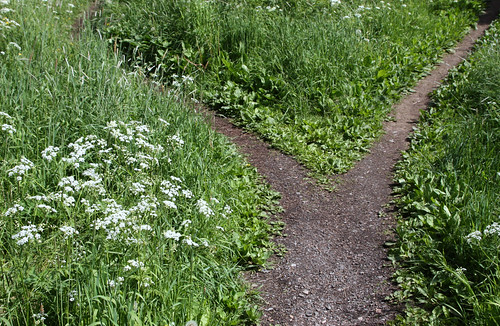
flickr photo shared by rosipaw under a Creative Commons ( BY-NC-SA ) license
The next day, after a night of thinking of little else and then letting those who run the platform know about my decision the next morning, I decided to offer up some alternative paths to students (including staying with the existing technology, if they chose, and there were some embedded incentives within the platform on why they would do that). Suddenly, putting that choice into their hands got the whole project back on track once again in a very positive way.
Still, I am left with lingering teacher doubts. Should I have kept at it? Did we “persevere” in the face of difficulties? Or did we give up too soon? I’m comfortable with my decision here, but I still have those questions looming around in my head. That’s why I am writing this blog post, after all.
I think resilience means finding ways around, or through, the walls that emerge in our learning process. Yet resilience does not mean crashing headfirst in the wall, again and again, with the same results (and a bad headache). Maybe knowing where resilience ends, and where the new starting line begins, is one of the keys here.
POST-BLOG-UPDATE-NOTE: A day later (I wrote this original post the other day and stuck it in my draft bin to mull it over) … First of all, those who run the platform have been very support of the decision to give the option to students to abandon the platform. They want us to put educational needs of students first, even if it meant disrupting the beta testing. They completely understand. Second, surprisingly, many of the students chose to STAY with the platform, even with all of its problems and technical glitches, and the choices I presented to them. I find that decision so interesting and I look forward to seeing the projects now underway make their way to completion in the coming weeks. Perhaps my students are teaching me a lesson about resilience.
Peace (in, and through, and out, and around),
Kevin
